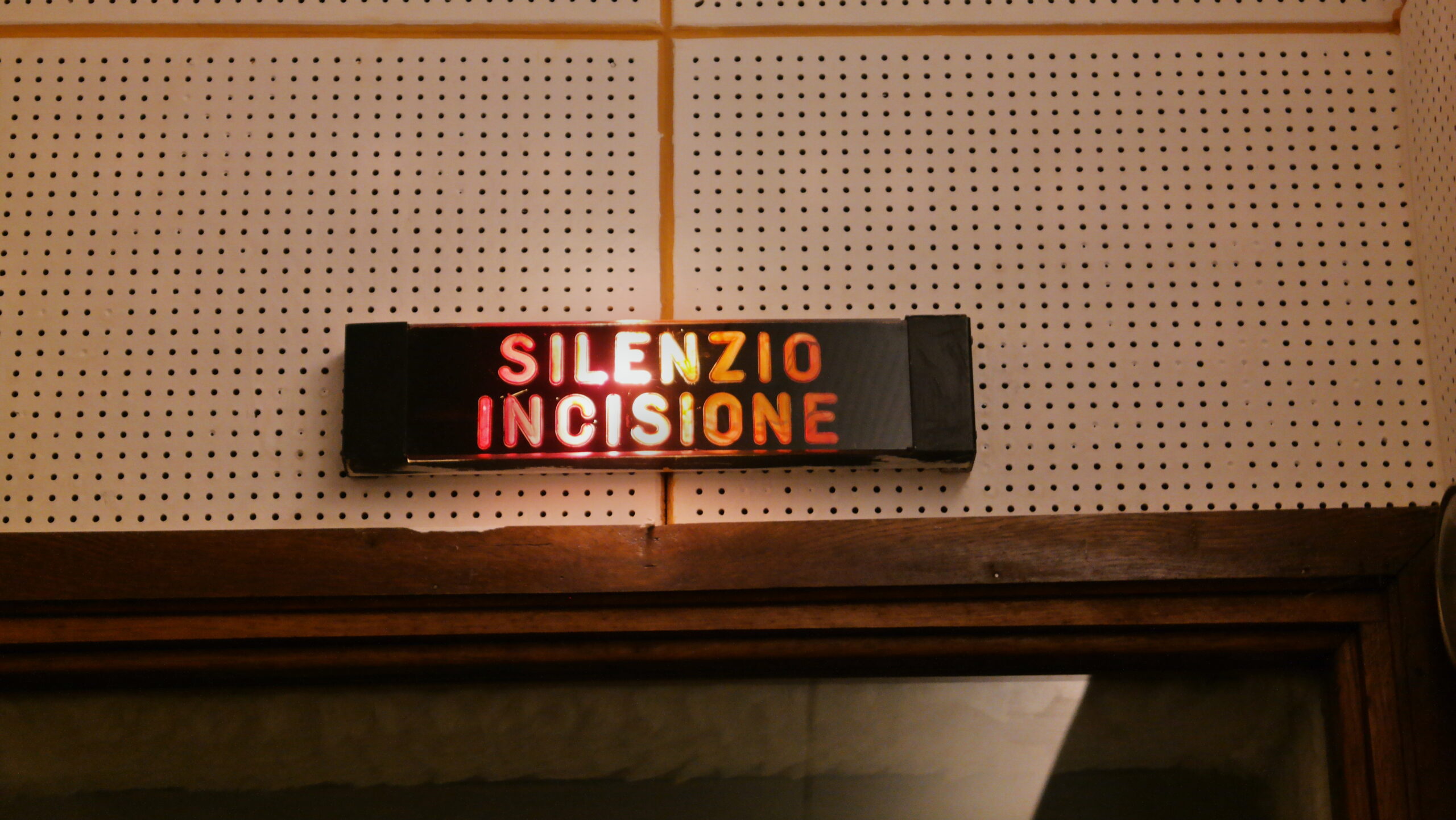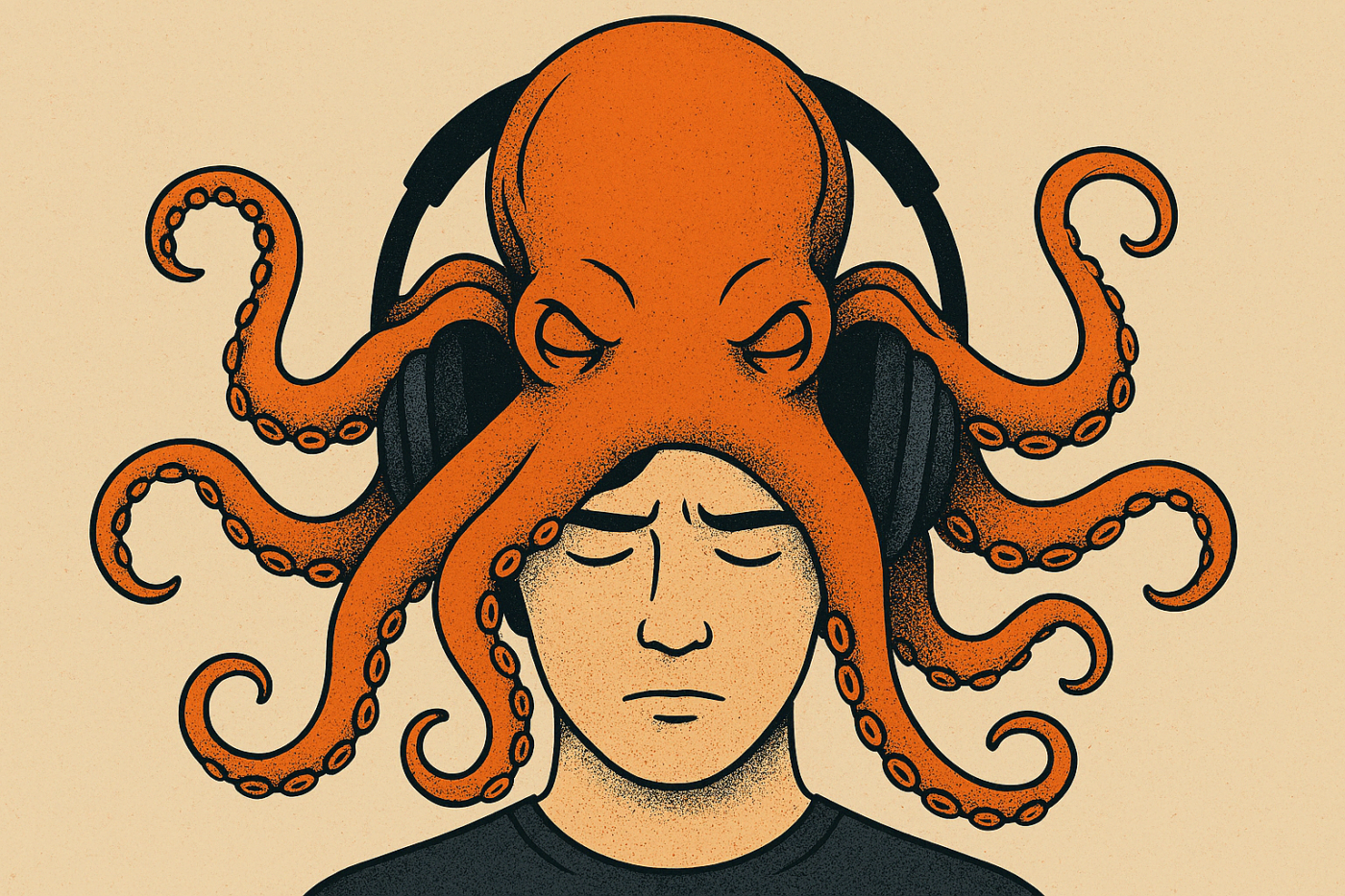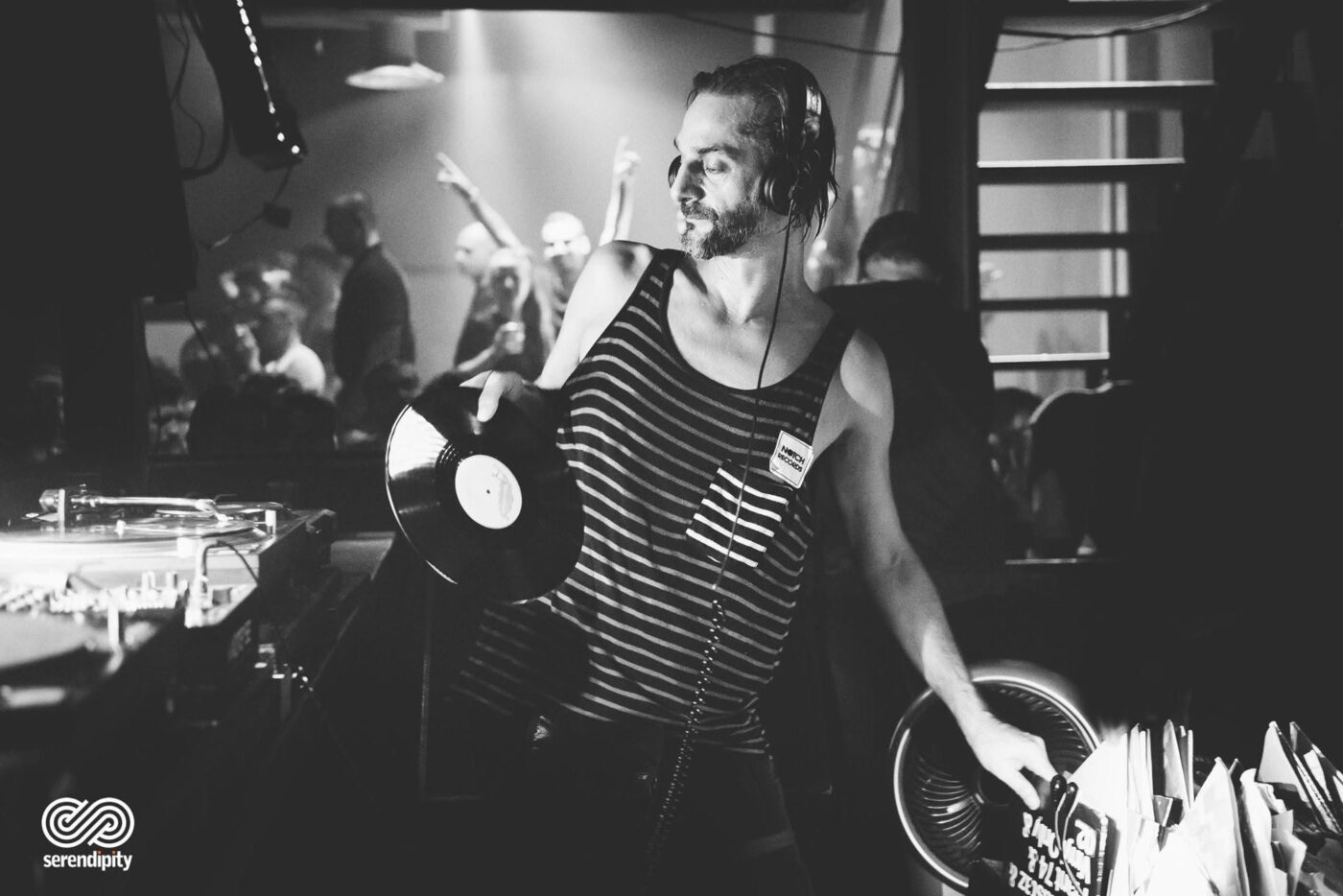How sound was shaped by rooms — and how recording spaces once played an active role in music creation.
When Space Becomes Sound: The Value of Acoustic Rooms in Music History
This article was inspired by a visit to Piero Umiliani’s Sound Work Shop in Rome. Carefully restored, the studio preserves a remarkable balance of materials, proportions, and silence — a living testament to a time when the recording environment was part of the musical process, not just a passive container.
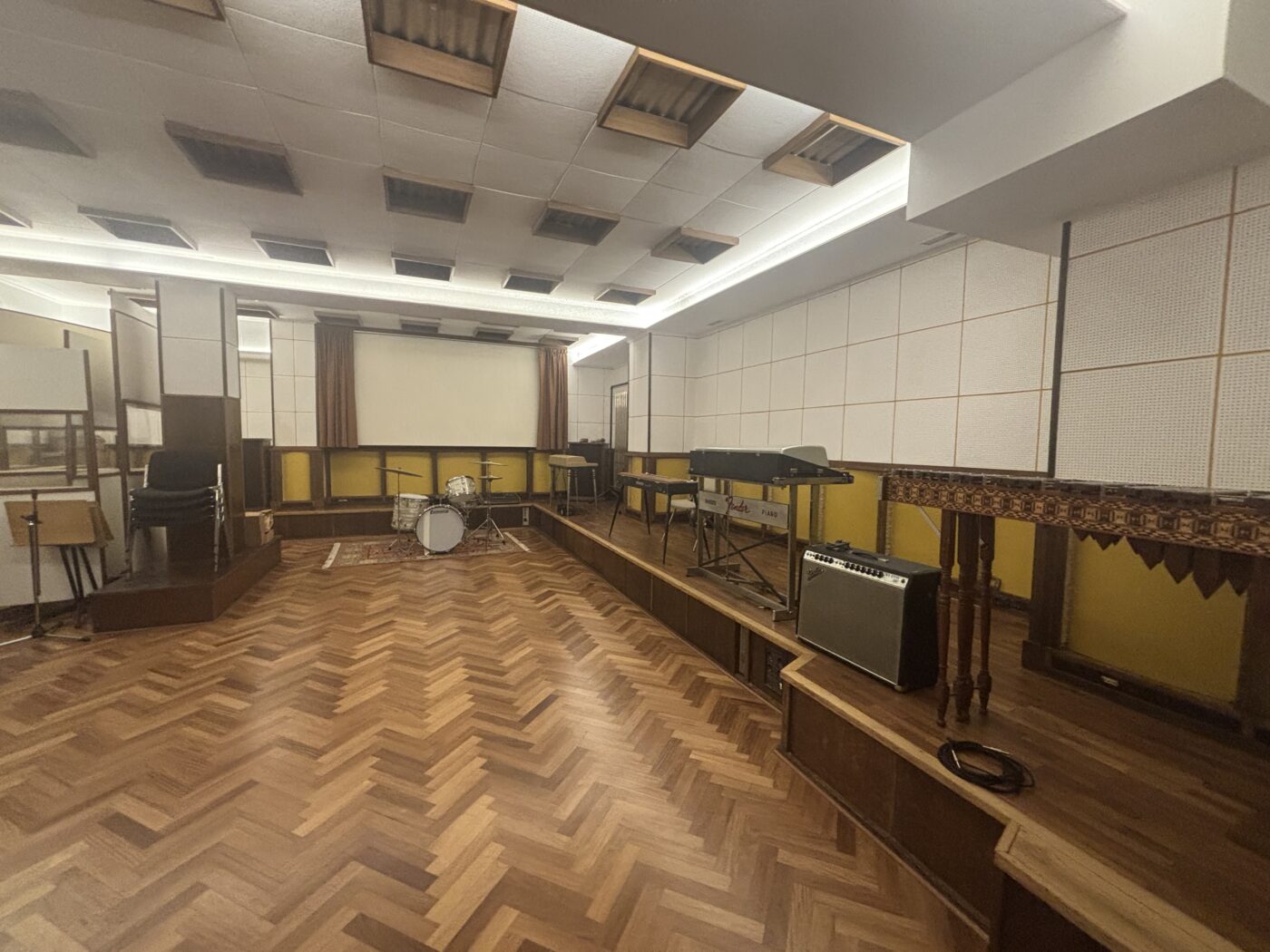
Today, many recording studios are neutral or virtual, designed to eliminate imperfections. But decades ago, the studio was an active participant in creation. The sound engineer wasn’t just a technician — they were an interpreter, shaping how space interacted with sound.
Inside Umiliani’s Laboratory: Technique, Instruments, and Silence
Walking into the Sound Work Shop means entering a space rooted in acoustic discipline. The wooden walls, angled panels, and carefully positioned diffusers and absorbers were all designed in the 1960s — and they still work flawlessly. Every detail serves one goal: to give sound a coherent behavior within the room.
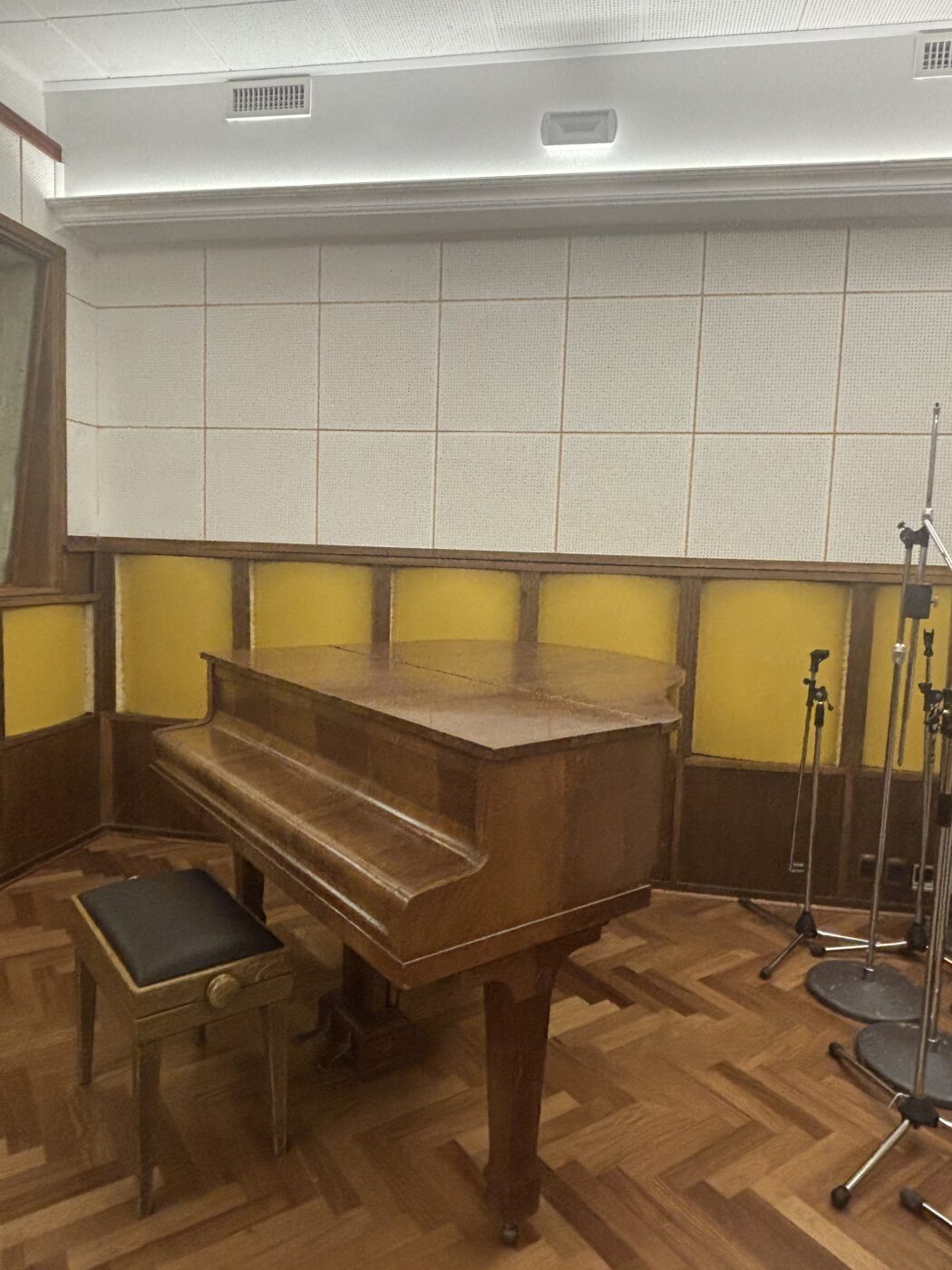
Instruments that Belong to the Space
The Petrof piano, still in use, has a solid, controlled tone. Nearby sits a fascinating collection of instruments assembled with curiosity and intent:
- A Mexican marimba, bought from a street musician and shipped to Italy by boat.
- Cowbells of various sizes, turned into a custom percussive instrument by Umiliani himself.
- Ethnic percussion collected during his travels.
- Tubular bells, which can be heard in works like Atmospheres, complete the acoustic architecture of the room.
In a space like this, you realize: the quality of a recording studio lies not only in its frequency response, but in the shape of the silence that inhabits it.
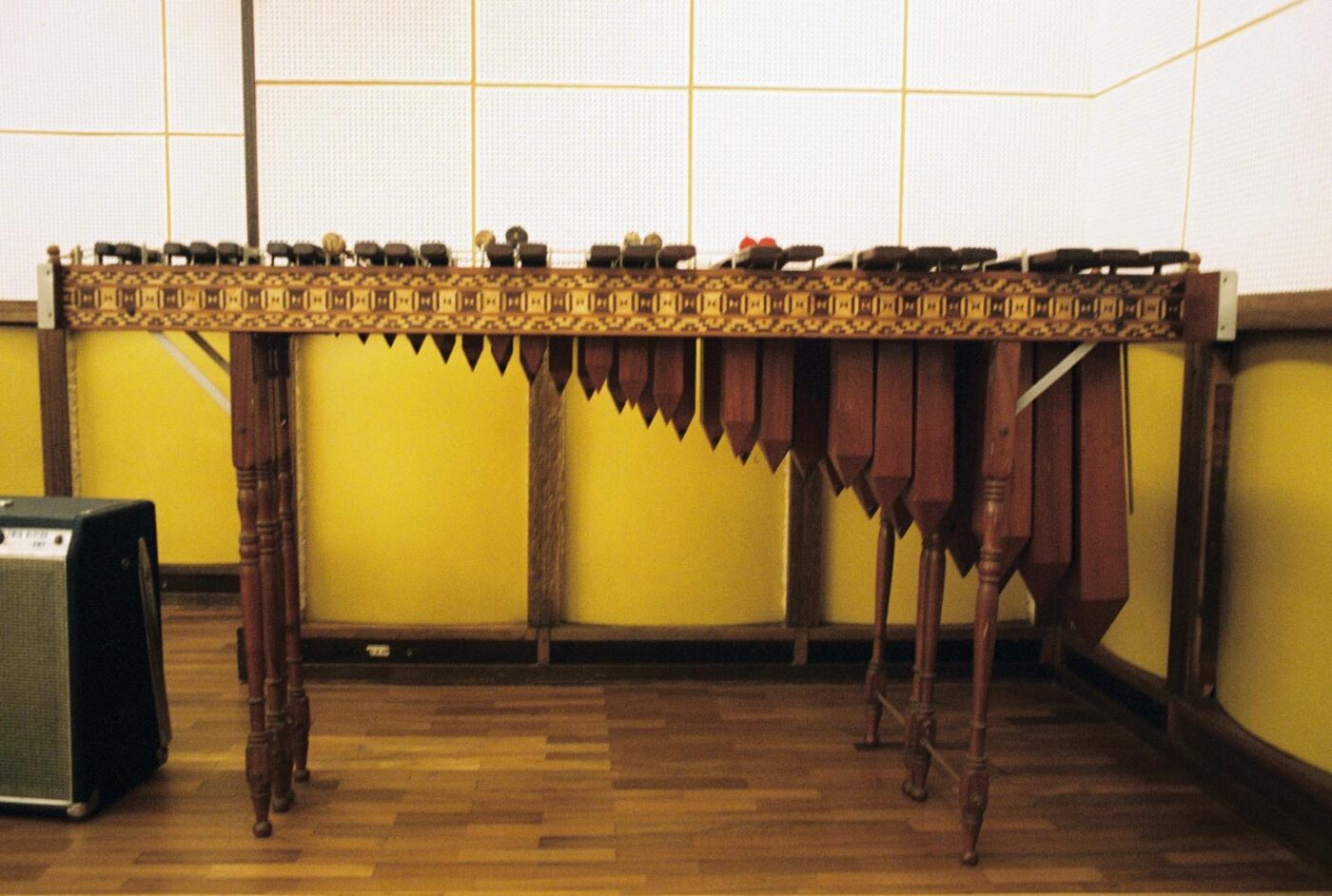
🔧 Paolo Ketoff: The Artisan Who Shaped Silence
Paolo Ketoff (Rome, 1921–1996), electroacoustic engineer and inventor of the Fonosynth and Synket, worked with musical legends like Bruno Maderna, Luigi Nono, Ennio Morricone, and John Cage.
For Ketoff, technology did not replace the physicality of sound — it made it more readable. He believed that a well-designed room should let you hear what you don’t hear — space should reveal, not conceal.
Ketoff at a glance:
- Recognition: In 2021, the Accademia Nazionale di Santa Cecilia established the Studio Paolo Ketoff, preserving his legacy.
- Born: Rome, 1921 – Died: 1996
- Role: Sound engineer, pioneer of electroacoustic instruments
- Collaborations: Cage, Morricone, Maderna, Nono
Studios That Shaped the History of Sound
Every musical era has had its signature spaces — studios where the environment was not just background, but a living part of the performance.
United States
- Van Gelder Studio (Englewood Cliffs, NJ): where jazz became architectural sound.
United Kingdom
- Abbey Road and AIR Studios (Oxford Street, then Lyndhurst Hall): models of how space can expand composition.
- Italy
- RCA Italiana and Forum Studios (Rome): Founded in 1970 by Morricone, Trovajoli, Bacalov, and Piccioni, these studios became icons of orchestration and film sound.
Others
- Hansa Tonstudio (Berlin): Where Bowie’s Heroes came alive.
- Muscle Shoals (Alabama): The gritty soul of Southern sound.
- ECM Studios (Manfred Eicher): Where silence is a structural element in music.
From Gabriel to Miraval: Legendary Recording Spaces
- Peter Gabriel turned Ashcombe House into a creative lab, which later led to the founding of Real World Studios.
- George Martin (The Beatles’ producer) built AIR Montserrat, where albums like Synchronicity (The Police) and Brothers in Arms (Dire Straits) were born.
- Château d’Hérouville (France): Home to sessions by Elton John, Bowie, Iggy Pop.
- Studio Miraval (Provence): Recently restored, this space hosted legendary recordings, including sessions linked to The Wall (Pink Floyd).
Avatar Studio B: Hearing the Room in Real Time
In 2008, I witnessed the recording of Stone in the Water by the Stefano Bollani Trio at Avatar Studio B in New York (ECM production).
Everything — the wood, the balanced proportions, the calibrated lighting — invited the piano’s touch and the room’s response into a seamless dialogue.
That’s when I understood: ECM’s method isn’t a formula, it’s an attitude — letting space completewhat music begins.
Final Thoughts: The Temperature of Silence
From Umiliani’s lab in Rome to the silence of Avatar Studio B, one truth remains:
Sound only exists if it has a place to live.
Paolo Ketoff understood this long before the digital age. A recording studio shouldn’t erase the environment — it should make it speak. Before you EQ a track, you must understand where the sound was born.
When silence is true, it doesn’t fill space — it holds it up.
Special Thanks
Special thanks to Alessandra Umiliani and Elisabetta Umiliani for sharing stories, insights, and opening the doors of this sacred place to Dancity — a space where art and magic are still in the air.
Playlist: Listening to the Room
Essential tracks recorded in iconic acoustic studios — where space becomes part of the music.
The Invisible Engineer – A Playlist for Listening to Space
- John Coltrane – Naima (Van Gelder Studio, NJ)
- The Beatles – A Day in the Life (Abbey Road, London)
- Ennio Morricone – Metti una sera a cena (RCA Italiana, Rome)
- Area – Luglio, Agosto, Settembre (Nero) (Forum Studios, Rome)
- David Bowie – Heroes (Hansa Tonstudio, Berlin)
- Peter Gabriel – The Rhythm of the Heat (Ashcombe House, Somerset)
- The Police – Every Breath You Take (AIR Montserrat, Caribbean)
- Elton John – Honky Cat (Château d’Hérouville, France)
- Pink Floyd – Comfortably Numb (Studio Miraval, Provence)
- Stefano Bollani Trio – Stone in the Water (Avatar Studio B, New York)
- Piero Umiliani – La Ragazza dalla Pelle di Luna (Sound Work Shop, Rome)
Our project is independent and non-profit.
If you enjoy what we do, you can support us with a small donation.
Hai un ricordo del Dancity?
Racconta la tua esperienza, carica foto e aiutaci a tenere viva la memoria collettiva!
This article was produced with the support of AI tools, used for content organization and textual optimization. The sources, ideas and materials come from the archive and activity of the Dancity Association.


